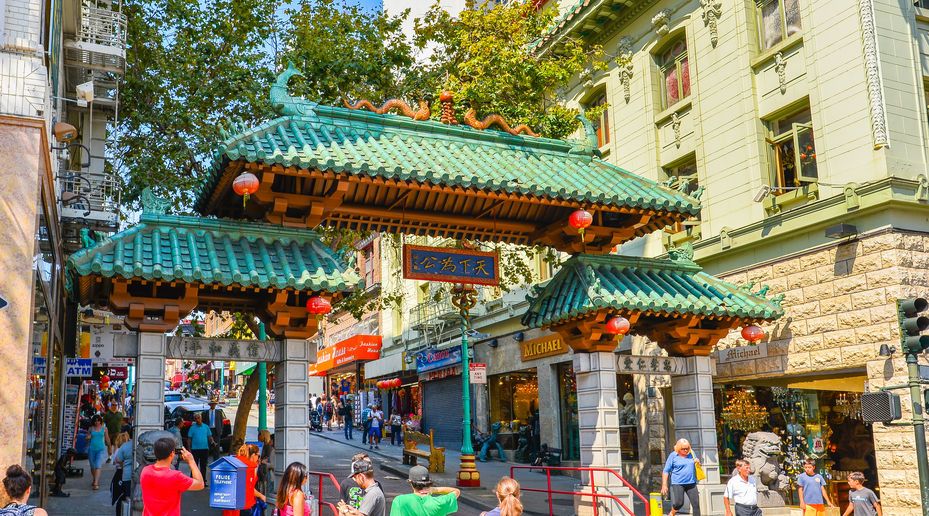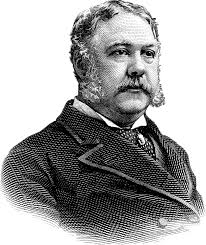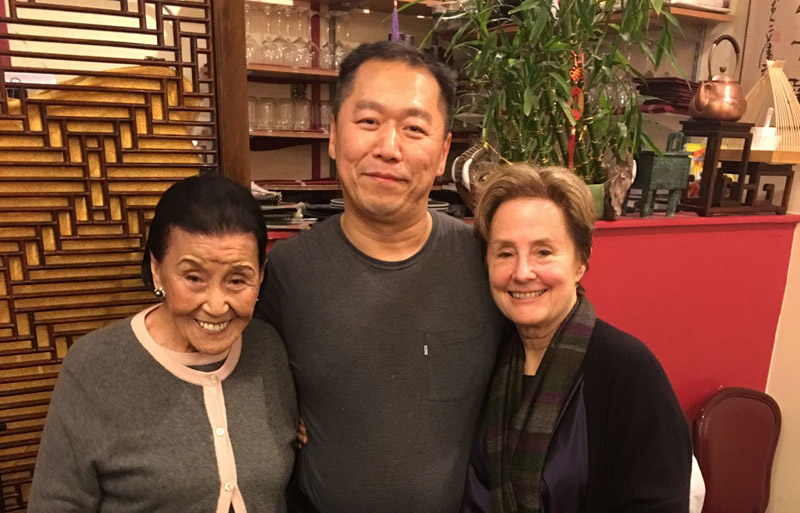
12 Oct The Past, Present, & Future of San Francisco’s Chinatown
San Francisco’s Chinatown is the oldest such neighborhood in North America. It is also one of the most well-known and culturally significant Chinatowns in the world. The origins of its story go back over a century and a half.
Life was not easy for Chinese citizens in the mid-1840s. British invaders won the first Opium war, a series of peasant uprisings took place, and several natural disasters occurred. These combined events led to widespread famine and poverty.
Not long after, news made way to China of people finding gold and great opportunity in America. This led to thousands of Chinese heading to San Francisco to make a better life for themselves and their families.
Mixed Reactions to the Chinese in America
Americans initially responded favorably to the new Chinese immigrants, particularly regarding their strong work ethic. Unfortunately, the US economy weakened in the early 1850s. As a result, first and second-generation workers felt threatened by the Chinese who would often work for lower wages.
Some Chinese did not feel safe near the gold mines and left to create their own neighborhood. This neighborhood would eventually become San Francisco’s Chinatown.
The hostility towards Chinese workers soon grew to outright discrimination. Due to restrictions by the U.S. government, Chinese living and working in America:
- Were not allowed to vote
- Were not allowed to own property
- Could not testify in court
- Were unable to marry anyone not of Chinese descent
- Could not have families still living in China join them in the U.S.
- Were not allowed to work in American institutions
Post-Railroad Conditions for Chinese Americans
Conditions grew worse for the Chinese in San Francisco after completion of the transcontinental railroad. Almost overnight, 20,000 people no longer had work.
Since traditional ways of earning money in America were largely unavailable to the Chinese, many turned to other ventures. Some of these included:
- Farm labor
- Providing domestic services to Caucasian families
- Laundry businesses
- Restaurant businesses
- Fishing and shrimping industry
Self-employment did not mean the end of discrimination against the Chinese. Other residents of San Francisco grew upset at the competition and began devising ways to eliminate Chinese businesses.
Despite the 1869 Burlingame Treaty that inspired thousands of Chinese to emigrate to America, they saw their businesses burned and looted by the Workingman’s Party in 1877.
In 1882, President Chester Arthur signed the Chinese Exclusion Act into law. This purpose was to stop Chinese laborers from emigrating to the United States.
 President Chester Arthur
President Chester ArthurAlthough the Chinese Exclusion Act was supposed to expire after 10 years, it gained strength under the Geary Act of 1892 and became permanent in 1902. It remained in effect until 1943 when passage of the Magnuson Act repealed it.
Development of San Francisco’s Chinatown in Portsmouth Square
Located in the center of San Francisco, Portsmouth Square became home to numerous restaurants, stores, offices, gambling halls, and laundry facilities by 1850. Hundreds of Chinese people chose to move their businesses to Portsmouth Square to be close to miners and meet their everyday needs. By 1853, members of the press began referring to the area as Chinatown. It had branched out from its original location within one block of Portsmouth Square to include Dupont and Kearney Streets. Current residents of San Francisco now know Dupont Street as Grant Street.
Laundry services were the most popular service in Chinatown with 7,500 of them cropping up by 1880. Merchants primarily sold flowers, fruits, and vegetables. As San Francisco grew and became a place where people went for recreation, the people living in Chinatown took the opportunity to host festive activities for their paying guests. Approximately 22,000 people lived in Chinatown by 1880, and men outnumbered women 20 to 1. The Chinese felt safe in their newly developed community and found that it helped them endure the economic and racial discrimination they still faced in the rest of San Francisco.
San Francisco Earthquake of 1906 & the 20th Century
A devastating earthquake hit San Francisco in April 1906, causing fires to break out in its wake. Thousands of business and homes in Chinatown lie in ruins by the time the earthquake and fires ended. More than 3,000 San Francisco residents died in the earthquake and fires, many of them residents of Chinatown.
The fire also destroyed written records of births and immigration to the area. Some Chinese took advantage of this to send for their loved ones back home and claim United States citizenship.
Because the Chinese Exclusion Act was still in place in 1906, Chinese immigrants had to report to Angel Island. At this processing center, immigration officials could detain them for an indefinite time in harsh conditions.
Some still did not receive entry into the United States after what they went through. The immigration center at Angel Island closed permanently in 1940.
In 1961, the famous restauranteur Cecilia Chiang opened her Mandarin Restaurant in San Francisco’s Chinatown. This was a culturally significant moment as it ushered in a new era of authentic Chinese cuisine in the United States.
 Left to Right: Chef’s Cecilia Chiang, Jun Li Han, and Alice Waters
Left to Right: Chef’s Cecilia Chiang, Jun Li Han, and Alice Waters
Over the latter portion of the 20th century and early 21st century San Francisco’s Chinatown has been the backdrop of many blockbuster movies as well.
How Gentrification & Coronavirus Challenge San Francisco’s Chinatown Today
More than 100 years after the earthquake and fires that destroyed most of San Francisco’s original Chinatown, businesses and residents face new challenges due to COVID-10. All Americans have suffered because of it, but perhaps none more so than Americans of Chinese descent.
Due to the virus’s Chinese origins, many Chinese living in San Francisco found themselves the target of racism once again. Their troubles started even before the World Health Organization (WHO) declared coronavirus a global pandemic in March 2020. Visits to Chinatown dropped dramatically as soon as news of the novel virus hit the United States.
SF Chinatown has always adapted. To survive the pandemic, it will have to again – San Francisco Chronicle https://t.co/f2b48U9TRX
— Chinatown Voices (@ChinatownVoices) August 30, 2020
Subdued Lunar New Year Celebrations and More
The months of January and February are typically busy times for Chinese merchants as they prepare for the upcoming celebration of the Chinese New Year. The events didn’t happen in 2020 due to restrictions on large gatherings of people and businesses shutting down out of an abundance of caution to help slow the spread of the coronavirus.
Chinatown merchants earn nearly one-third of their revenue from Chinese New Year celebrations. For example, in 2020, nearly three-quarters of Chinatown restaurant owners stated they felt uncertain their businesses would survive the year. Banquet halls, a hallmark of Chinese culture, have struggled to implement coronavirus restrictions to the point they may never reopen.
Gentrification of the 20-block area Chinatown neighborhood started long before the pandemic. Multi-family property owners attempted to force residents out to allow them to rent to tech workers and others who could afford to pay more for rent.
However, Chinese-Americans are a strong and resilient people. They have overcome numerous obstacles in their nearly 200-year history in the United States. Although a pandemic and gentrification are huge challenges, their history shows they will overcome those issues as well.







